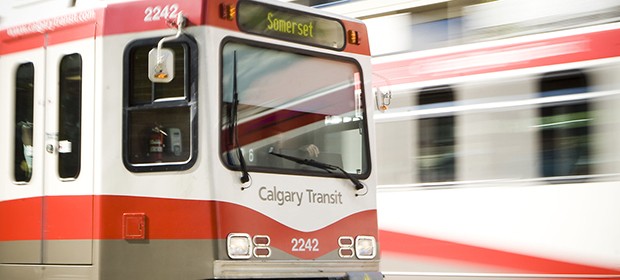
Article Highlights
Calgary Transit’s new My Fare app offers customers an alternative to the paper tickets, passes and cash they have been using for years. (A closed-loop contactless card project failed five years ago.)
Providing more than 160 million trips last year and serving a city of more than 1.2 million inhabitants, Calgary Transit is one of the largest transit agencies not to have introduced a reloadable closed-loop card system.
• Calgary Transit
• Masabi
Canada’s third largest city, Calgary, has introduced its first electronic fare payments service, offering mobile ticketing from a software-as-a-service platform provider, with plans to enable customers to pay for fares with their contactless EMV credit and debit cards and NFC wallets.


















